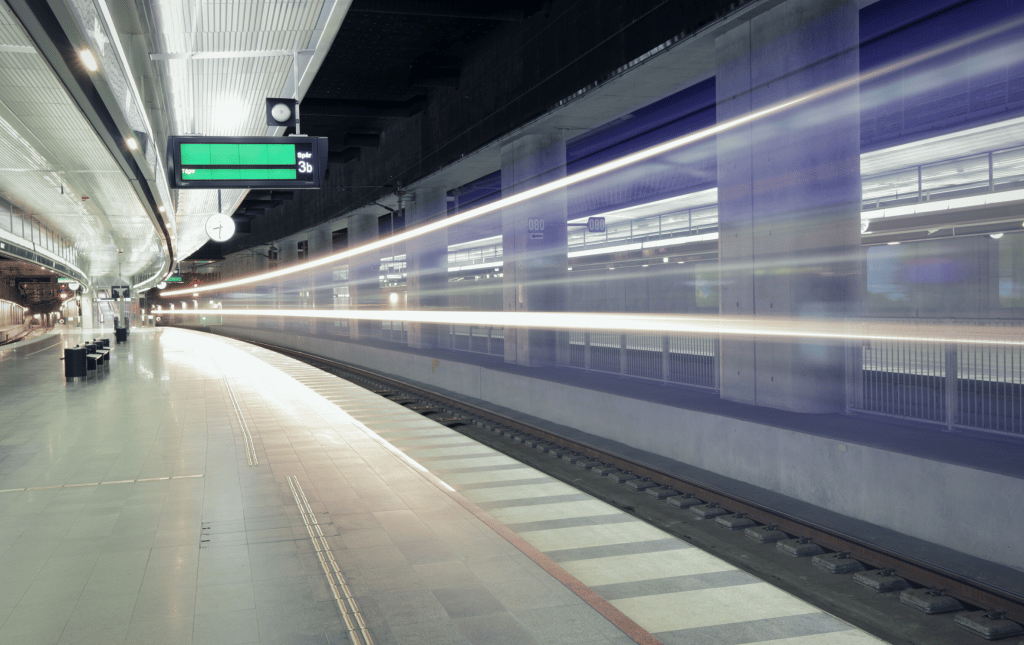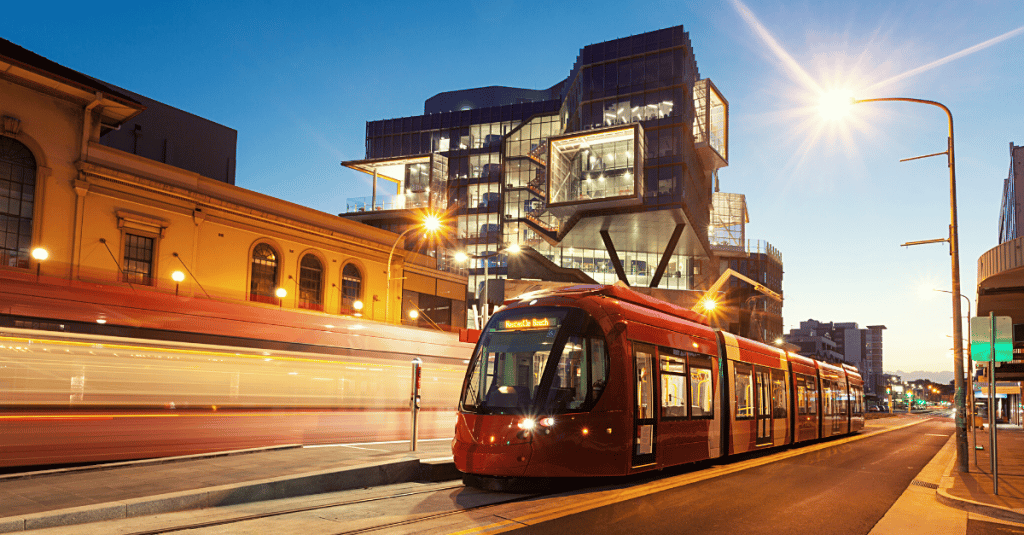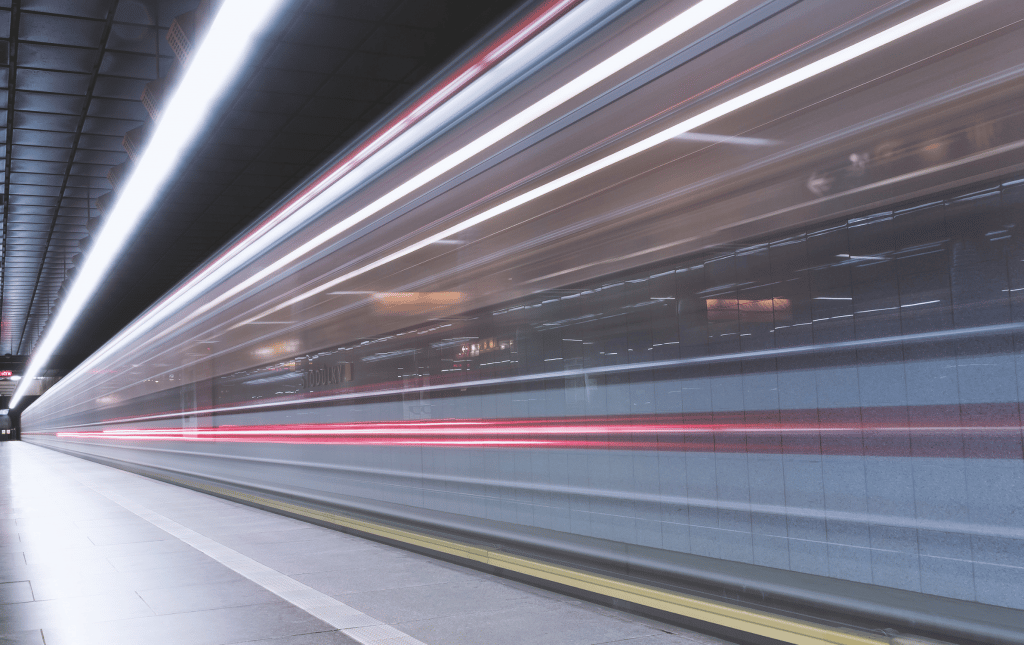Metro rail systems are critical to the economic prosperity of our communities and to making them more liveable.
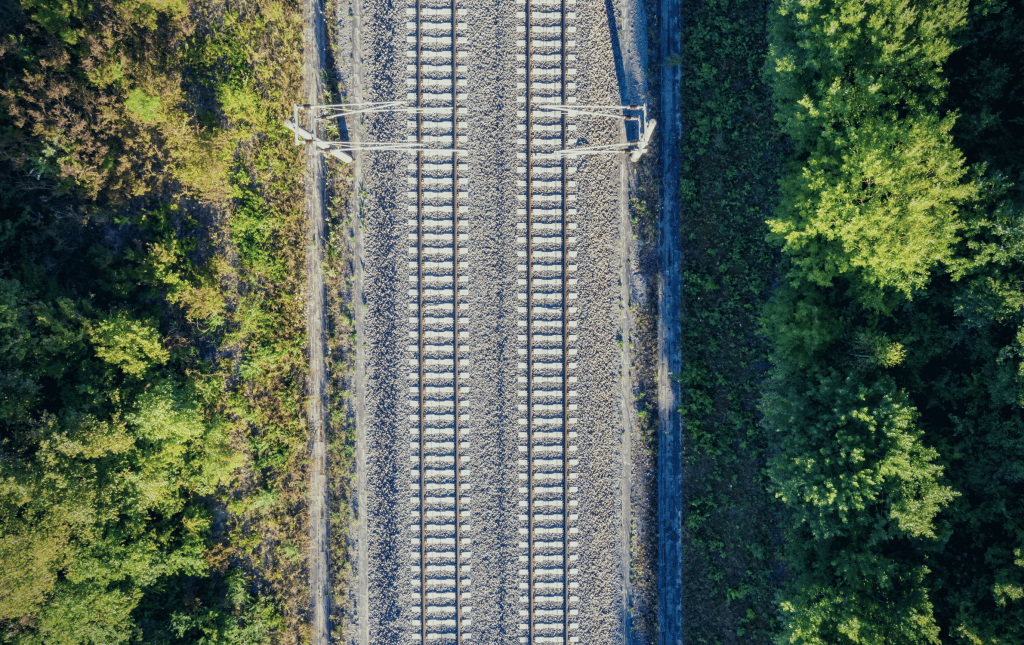
The most sustainable and efficient form of Mass Transit
Metro lines have long been used around the world as the most sustainable and efficient form of mass transit. They’re in many ways an essential part of how our cities will cope with increasing densification, removing cars from our roads, opening green space and regenerating cities in a way that connects more people to public amenities faster.
Metro systems create mixed-use centres and walkable cities, allowing people to live and work in the same area. They provide a fixed and reliable transport corridor that provides property developers and other businesses the confidence they need to invest in an area – this provides new opportunities to pockets of our cities that have been neglected for decades.

The Fast Track to a seamless, safer railway system
In this publication, we delve into the benefits and challenges that will come with interoperability, and focus on the critical role data, technology and people will play in ensuring the journey is as smooth as possible. We also explore a selection of compelling case studies, provide insight into some of the long-term opportunities interoperable rail networks will present, and offer practical guidance on the best way to make a common platform a reality.
Bringing World Class Infrastructure to Australia
Metro rail systems are critical to Australia’s economic prosperity and to making our cities more livable. Done well, they will reduce carbon emissions and be part of the transition towards a sustainable future.
In Melbourne, Sydney and Brisbane where projects are already underway, metro systems will ease pressure on existing infrastructure systems that are strained and often outdated. We are seeing plans coming to life in areas that surround these metro systems too. Strategies to activate these precincts include connecting people to other transport modes, high-rise and multi-use infrastructure, new amenities and green spaces to name a few.
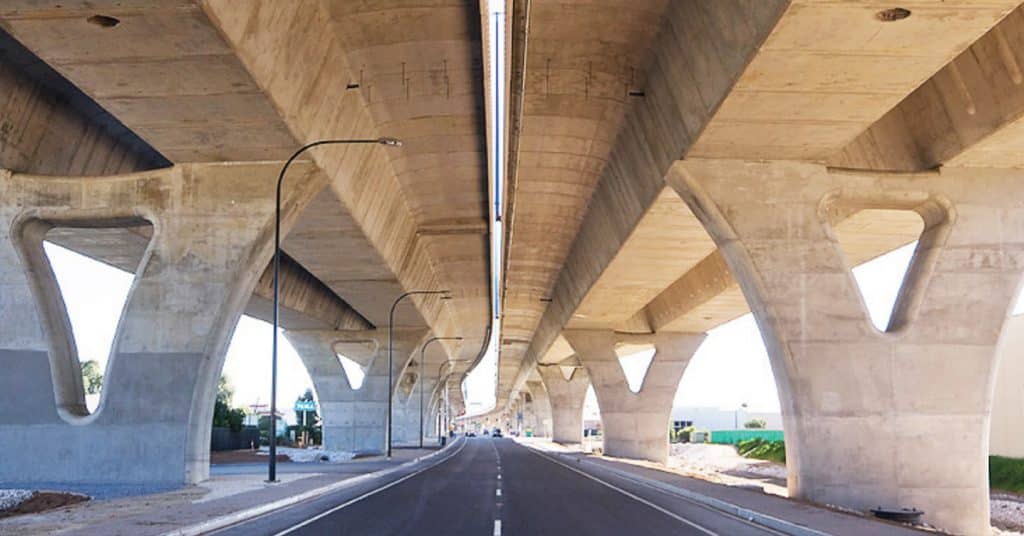
The Future of Metro
In 2020, in a context marked by the sanitary crisis and the proliferation of technical inventions, SYSTRA and Usbek & Rica consider what the future of the metro might be. Could this still present opportunities for innovation? What will it look like in 15 years, and beyond?
This document looks at several big issues:
- What impact will the climatic and sanitary crises have on the metro?
- How will the development of this historical mode of transport be affected by digital tools?
- Will major disruptive innovations put the metro in jeopardy?
- What will metro stations look like in 2035?
- Will the future of the metro be marked by continuity or disruption?
In this special edition, the journalists at Usbek & Rica, a French publication explore the future while SYSTRA’s mobility experts share their thoughts and visions, sometimes very personal, on the future of the metro.
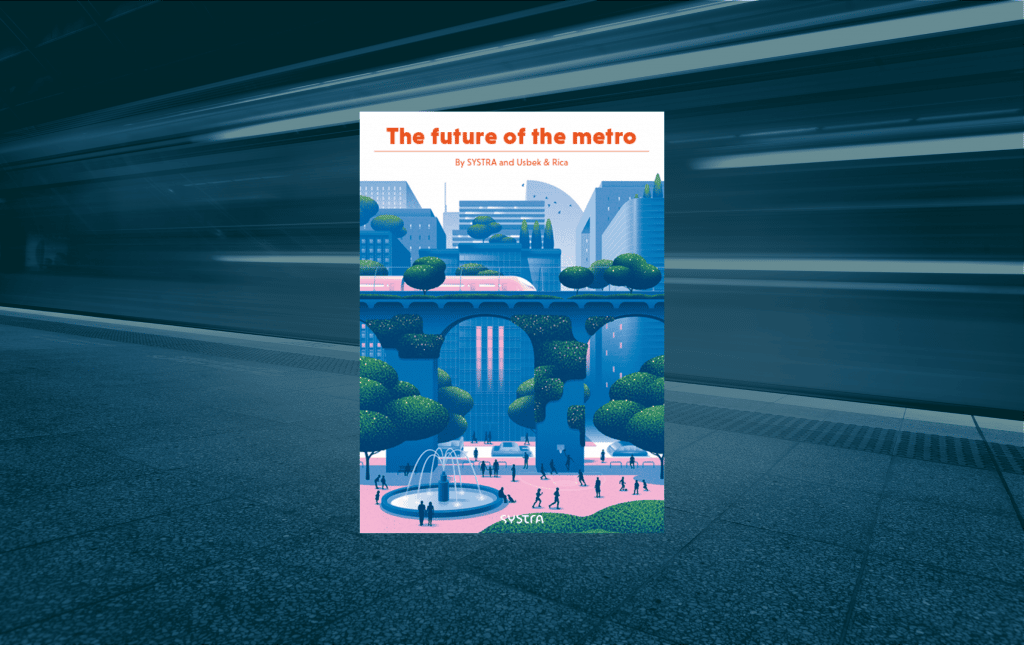
The signature team for Metro projects
With more than 2,000 kilometres to its name, SYSTRA has contributed to the development of 1 in 2 of the world’s mass rapid transit lines.
Our local experts have provided services to separate packages on both Sydney Metro and Brisbane’s Cross River Rail. Our global team has also broken a number of records with the world’s longest, driver less line in Dubai, the line with the highest passenger traffic in Mecca (72,000 passengers/hour) and the largest engineering project in Europe to date (118 km), Crossrail in London.
Our expertise covers several specialist fields, from metro design to project management, design engineering, owner assistance, audit and expert inspections, as well as various other areas such as automated train control and passenger information.
Our Expertise
- SYSTRA has a large number of records to its name including world’s longest, driverless metro line in Dubai and the line with the highest passenger traffic in Mecca
- We have extensive experience in the automation of urban transport systems in circulation
- We are an industry leader in innovation: U-shaped viaducts, acoustic research, etc.
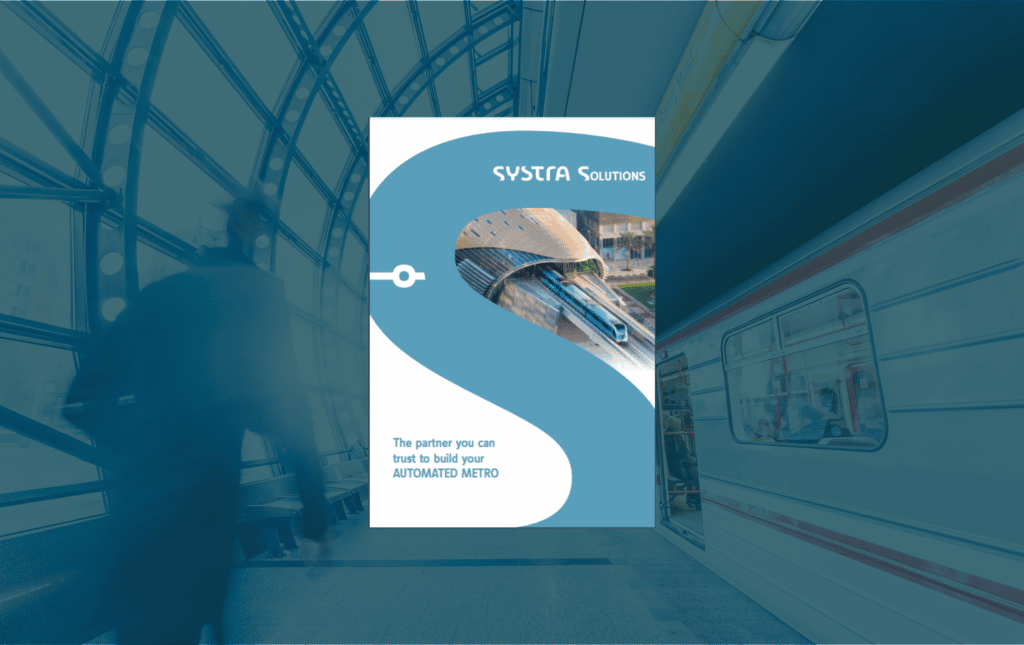
Automated Metro
A transport mode to meet the escalating needs for efficient urban transport, to serve growing cities and help reducing atmospheric pollution.
Contact Us
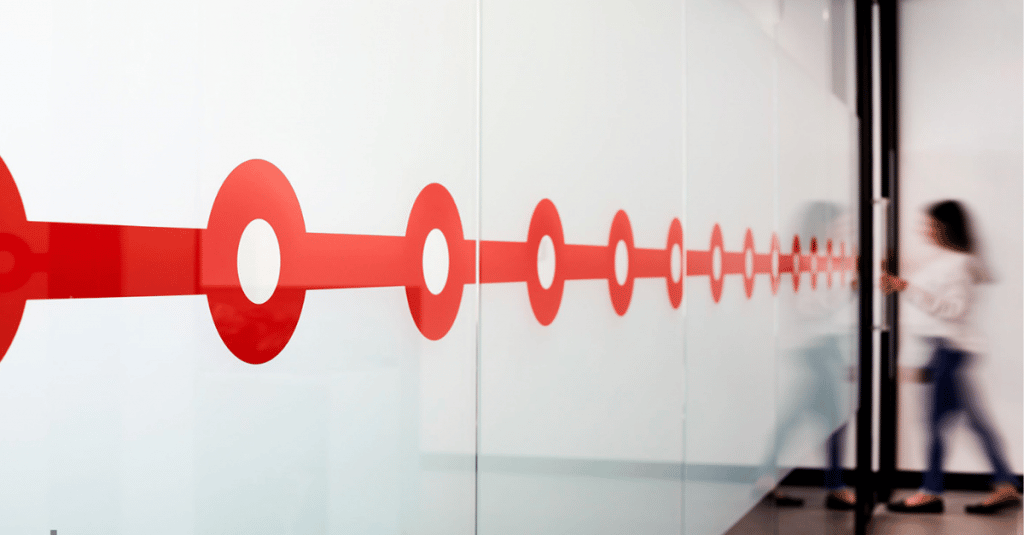
Contact us
Read moreFor more information, please get in contact with us by hitting the button below. Alternatively, if you wish to keep in touch please hit subscribe.
Download The Future of Metro Publication
Please register your details via the form to download your copy of our publication.
 Brazil
Brazil  Canada
Canada  China
China  Denmark
Denmark  France
France  India
India  Indonesia
Indonesia  Ireland
Ireland  Italy
Italy  Malaysia
Malaysia  Norway
Norway  New Zealand
New Zealand  Poland
Poland  Saudi Arabia
Saudi Arabia  Singapore
Singapore  South Korea
South Korea  Sweden
Sweden  Taiwan
Taiwan  Thailand
Thailand  United Kingdom
United Kingdom  United States
United States  Vietnam
Vietnam 